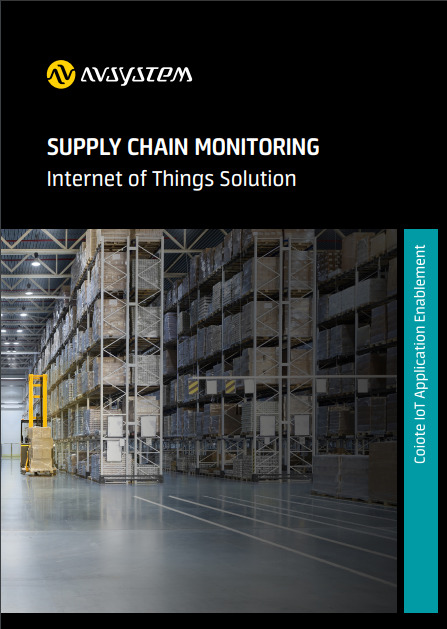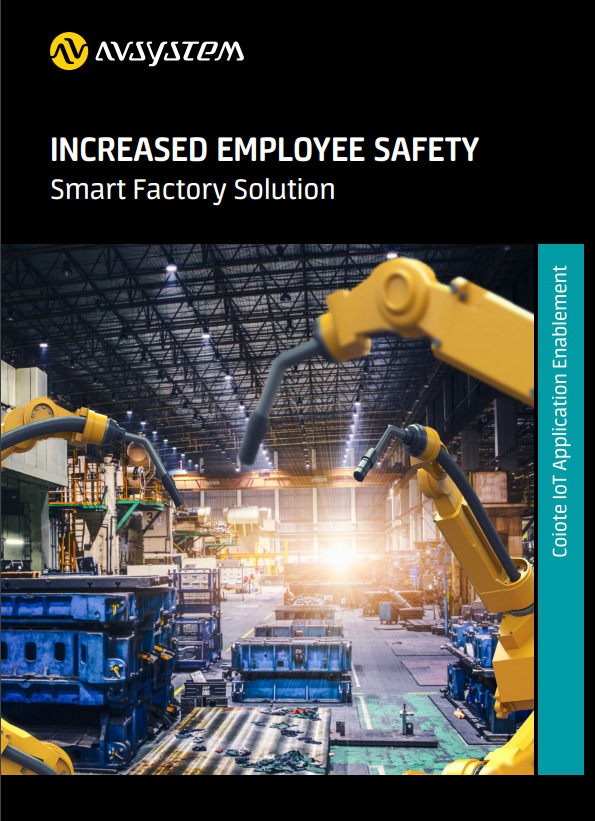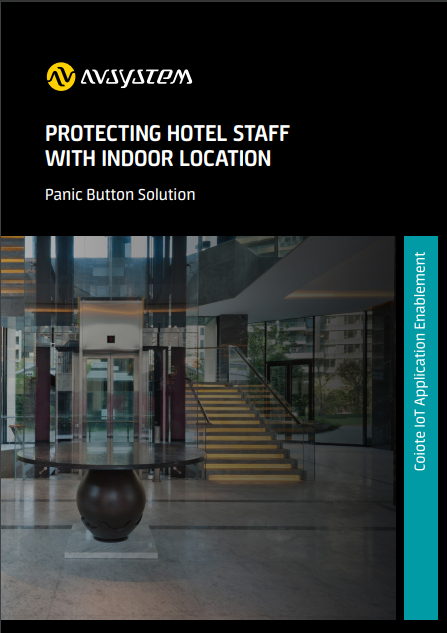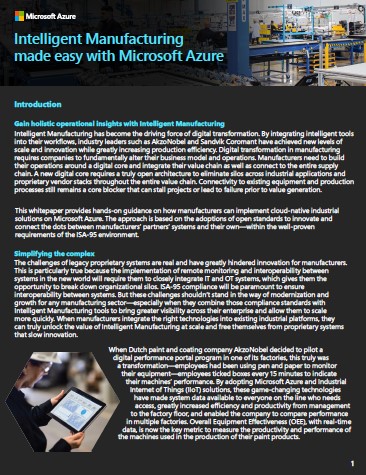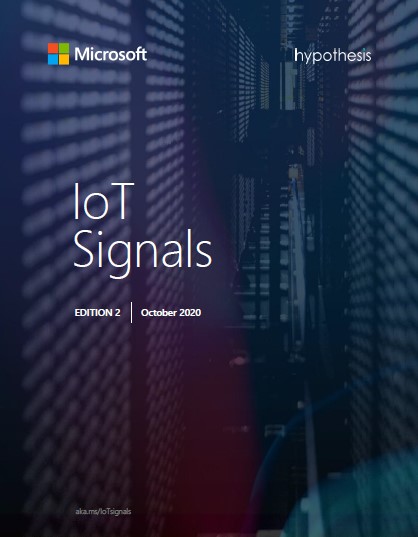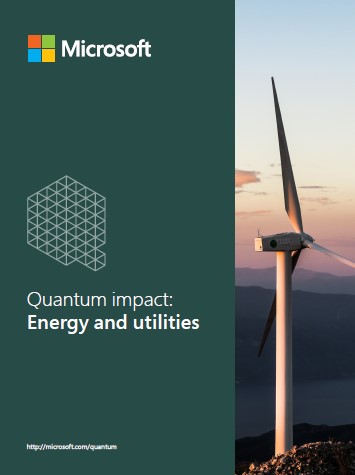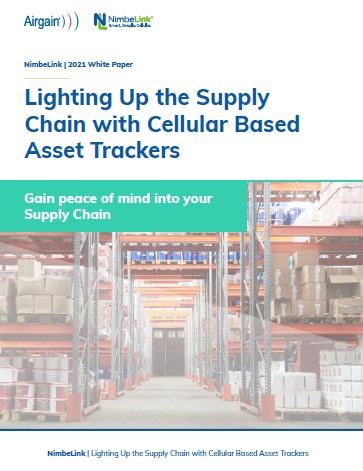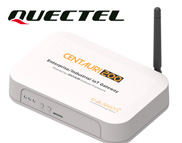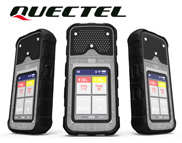Supply Chain Monitoring – Internet of Things Solution
The goal of this business case is to explain the Supply Chain Monitoring solution that enables the interaction of different IoT technologies to manage, monitor and control the whole delivery process of goods. Starting with the journey from the farm, through all the delivery routes, warehouses and shops onto the customer’s fork.
Increased Employee Safety – Smart Factory Solution
In a typical manufacturing/supplying product company, both management and working teams face many challenges, ranging from employee safety or security of the equipment, to minimizing the time spent on optimal use of storage space. An important aspect is also the efficiency of work, as well as the possibility of reducing the negative effects of a potential incident on the company’s premises.
Protecting Hotel Staff with Indoor Location – Panic Button Solution
Hotel employees are exposed to dangerous situations. In some US states, a law has been introduced that imposes the implementation of technical solutions that allow for locating an employee quickly in case of an emergency. The idea is to introduce ‘panic buttons’ carried by hotel staff. When the safety button is pushed, a system enables real-time location of the person in danger.
CREATING INTELLIGENT SPACES: Five strategies to accelerate smart building transformation
The Internet of Things (IoT) is rapidly transforming the world, delivering connectivity and new experiences in our daily lives. In addition to changing everyday experiences, IoT also provides organizations with innovative ways to gain and apply data-driven insight. This digital feedback loop is fueling a new wave of improvements to operations, products, and experiences. As the benefits of IoT become more apparent, forward-thinking leaders are turning their attention to the spaces we inhabit. In offices, hospitals, schools, factories, and retail spaces around the world, building owners and their tenants are looking to increase energy efficiency, optimize space utilization, and improve productivity through IoT initiatives. Already, nearly 50% of developers, owners, and occupants believe that a smart building strategy will become a competitive differentiator in the commercial real estate market.1 And as smart buildings and spaces become more ubiquitous and interconnected, they pave the way for entire communities and smart cities built on a foundation of IoT-enabled insights.
Intelligent Manufacturing made easy with Microsoft Azure
Digital transformation in manufacturing requires companies to fundamentally alter their business model and operations. This whitepaper provides hands-on guidance on how manufacturers can implement cloud-native industrial solutions on Microsoft Azure. The approach is based on the adoptions of open standards to innovate and connect the dots between manufacturers’ partners’ systems and their own—within the well-proven requirements of the ISA-95 environment.
IoT Signals: a comprehensive IoT research study
Microsoft created the IoT Signals series of reports to give the industry a holistic view of the IoT ecosystem providing insight into adoption rates as well as benefits and challenges. The goal of these reports is to better serve our partners and customers, as well as help business leaders develop their own IoT strategies, and to provide the most up to date research on IoT use across countries and industries.
Now is the moment to reimagine the store experience
An intelligent store is not the store of the future. It is the store of tomorrow, the store of next week, or the store of next month: The intelligent store offers a reimagined experience where retailers are afforded the opportunity to be as multi-faceted as shoppers themselves, serving up capabilities that meet these constantly evolving customer and employee expectations. The physical store will remain the heart of retail and as we start to plan for the post-pandemic world, it’s about time we truly reimagine how.
Quantum impact: Energy and utilities
With a multi-directional smart grid, it will become increasingly important to manage load balancing in local nodes to avoid energy loss from sending power generated at the edge of the grid back to the high-level grid. This use case is a prime area of focus for quantum optimization: How can we efficiently determine the best schedule for resources and run these computations at a timescale that’s most relevant to the problem? And longer term, how can we actually control those resources in a coordinated fashion, being responsive to variability in both demand and supply within the power grid?
Lighting Up the Supply Chain with Cellular Based Asset Trackers
The solution to the problem of supply chain dissemination is to track goods through the supply chain, through the actual nodes, independent of that unique node’s enterprise system. Rather than attempting to achieve complete supply chain integration, we can achieve real-time situational awareness by working around disparate systems. One mechanism to do this is through cellular based asset trackers that, when necessary, are equipped with environmental sensors.
Furukawa chooses Quectel LTE and NB-IoT modules for agribusiness and utilities customers in Brazil
Furukawa Electric LatAm, part of one of Japan’s largest industrial groups, has selected Quectel Wireless Solutions to provide IoT modules that enable stable, secure, long-range connectivity for devices in the utilities and agribusiness markets in Brazil. The company chose Quectel’s EC25-AU LTE and BG96 Mini PCIe Cat-M1 communication modems to enable radio access technology (RAT) functionality for Furukawa’s solution access terminals.
Volansys selects Quectel LTE modules to enable gateway connectivity for remote attendance system
When Volansys needed to develop a remote attendance management solution for a customer, it deployed its Centauri 200 IoT Gateway alongside the IoTify cloud platform and the customer’s Bluetooth Low Energy (BLE) sensors to detect presence and attendance. The final piece was to enable LTE connectivity back from the IoT gateways to the IoTify cloud for analysis.
Schauenburg Systems selects Quectel SC20-E for improved mine health and safety
We’ve all heard the stories of miners taking canaries in cages down into mines to act as an early warning system for dangerous gases, such as methane. The old system relied on seeing if a canary fainted to raise the alarm, providing a small window of time in which the miners could return to the surface and breathe fresh air. Thankfully, technology has moved on a lot and the Internet of Things (IoT) is enabling a new range of connected sensors that can detect not only gases but also many other hazards that are found in mines.

